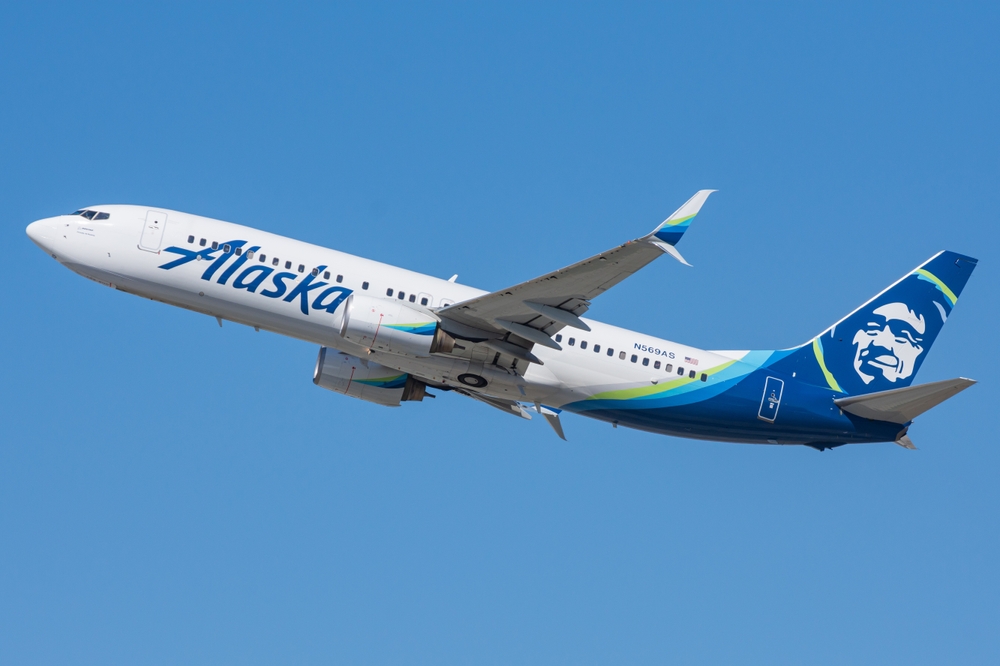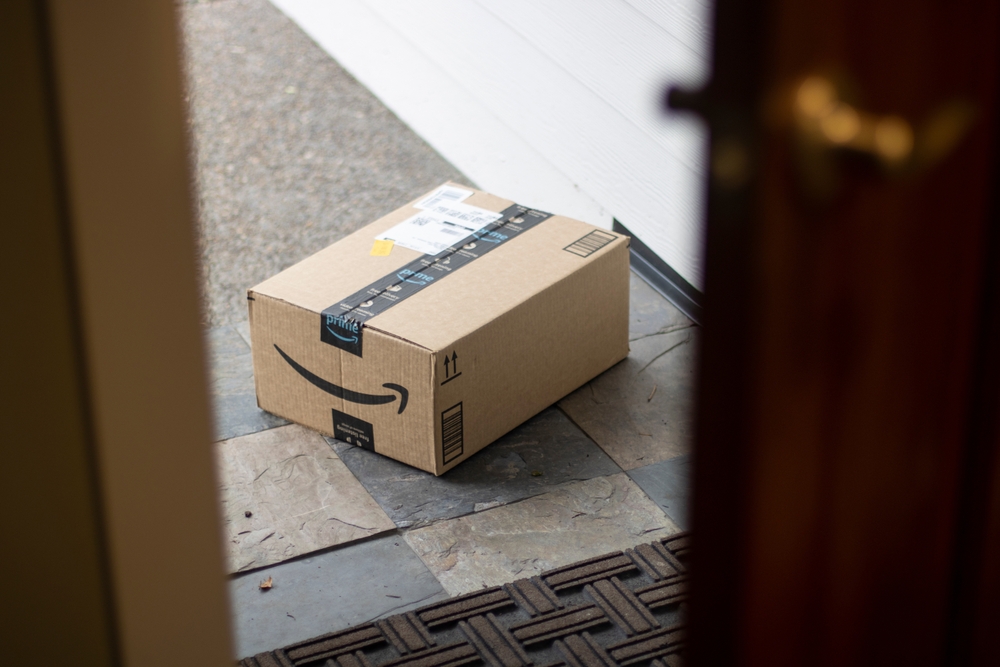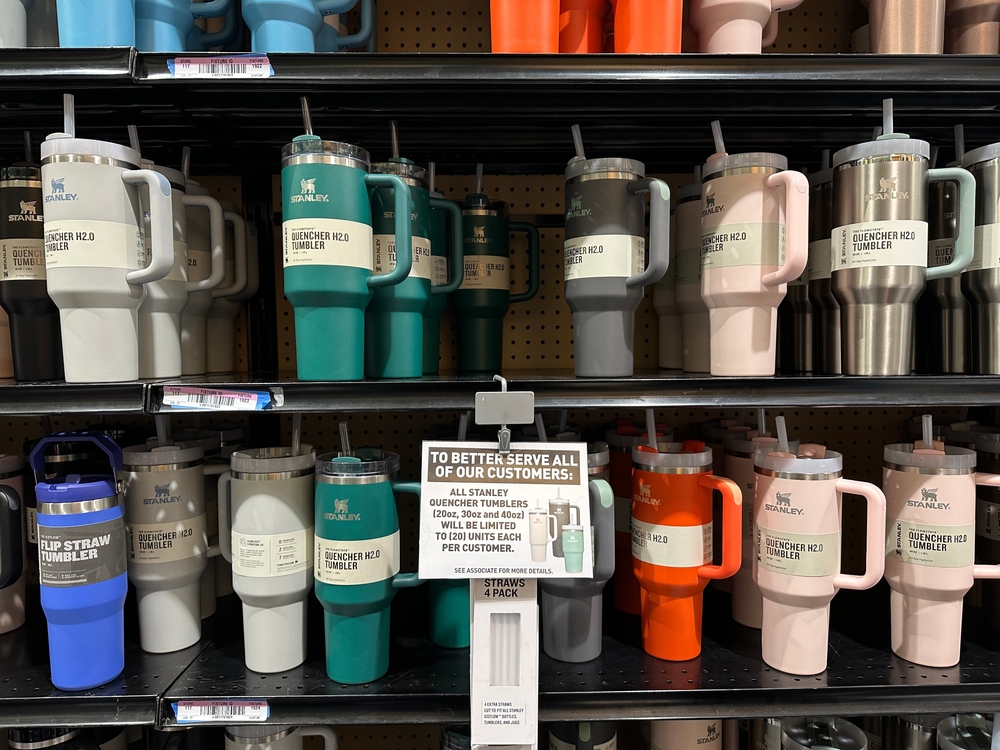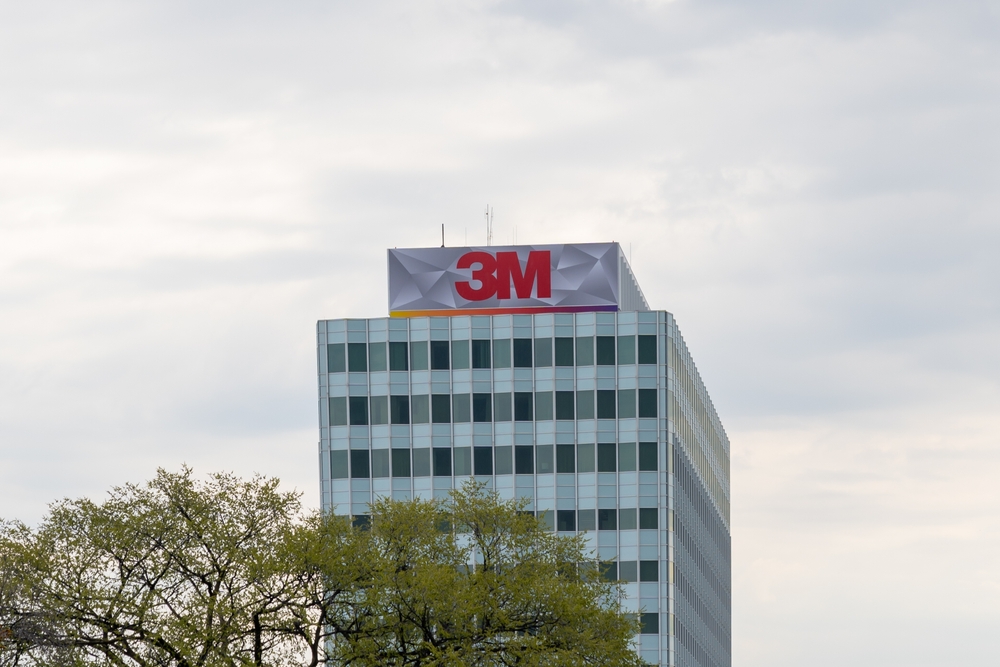Lawsuits Filed Over Airplane Door Failure
Plane passengers are filing lawsuits against Boeing and Alaska Airlines after an incident last month that they say caused emotional distress. On Jan. 5, a Boeing 737 MAX 9 door plug blew out in the middle of an Alaska Airlines flight 16,000 feet above ground, leaving a gaping hole in the plane that led to an emergency landing. While no one was seriously injured, one lawsuit filed by four passengers says they suffered “intense fear, distress, anxiety, trauma, physical pain and other injuries” due to the incident. They are seeking unspecified damages for negligence. As of mid-January, about 20 passengers have sued the manufacturer or airline.
What Went Wrong on Alaska Airlines Flight
Minutes after the Alaska Airlines flight took off from Portland International Airport, passengers heard a loud noise and felt a rush of air. The panel in row 26 was gone — it landed in a Portland high school teacher’s backyard — and the sky was visible where the door plug once stood. Oxygen masks dropped from the ceiling as the plane began depressurizing and the flight crew prepared for an emergency landing.

One teenage boy sitting near the missing panel had his shirt ripped off from the pressure. Some texted their loved ones, thinking the plane would crash. Overall, physical injuries from the incident were minor, but passengers say that the emotional toll was significant.
According to the National Transportation Safety Board, the plane was restricted to flying over land after a pressurization warning light went off on three different flights. It’s unclear whether the warning was linked to the blown door plug. After the incident, the Federal Aviation Administration grounded all of the Boeing 737 MAX 9 planes used by Alaska Airlines and United Airlines. They have since started to return to service. Alaska Airlines said it found “many” loose bolts after inspecting its Boeing planes in-house.
Preliminary findings released by the NTSB show that the door panel that fell off midair had no bolts installed on the door plug.
This isn’t the first time Boeing 737 MAX jets have been scrutinized. Former Boeing employees have spoken publicly against the planes, with one former senior manager saying in an interview that he’d never fly in a MAX airplane because of the pressure employees faced to finish building the jets. A previous version of the Boeing 737 MAX plane was grounded in 2019 after being involved in two crashes that killed 346 people in Indonesia and Ethiopia.
Airplane Door Lawsuits
Two types of complaints are commonly filed after an incident like the Alaska Airlines flight: class action lawsuits and individual product liability lawsuits. In a class action lawsuit, a group of people (known as the class) are represented by one or more plaintiffs and collectively sue an entity for the harm it caused. For example, the Rhode Island treasurer filed a class action lawsuit against The Boeing Company last week, saying in a statement that the “disregard for safety displayed in these series of events involving Boeing aircrafts are deeply concerning.” Another class action lawsuit was filed against Boeing in mid-January after the door plug failure in Washington. In a class action lawsuit, the settlement is divided among all members, with lead plaintiffs sometimes receiving more than other class members.
In contrast, an individual product liability lawsuit allows a plaintiff’s case to be heard independently. Individual lawsuits are often combined into multidistrict litigation and heard in the same federal court by one judge to streamline proceedings, known as mass tort. But even when a case becomes part of a mass tort, a plaintiff still has the opportunity for their own outcome. Mass tort and class action lawsuits are sometimes used interchangeably, but they aren’t the same. Whether it makes more sense to proceed as part of a class action lawsuit or to file an individual claim depends on the unique nature of your situation and the damages you’ve sustained due to the other party’s negligence.
When you board an airplane, you expect to reach your destination safely. While some in-flight disasters are truly unavoidable, there’s evidence that Boeing and Alaska Airlines may have had reason to know about the potential for a door plug failure. Alaska Airlines Flight 1282 passengers have legal choices to consider. They can sue Boeing and Alaska Airlines for any emotional distress faced during and after the door plug incident. A qualified attorney experienced with similar cases can help airline incident victims discuss their best course of action and the optimal way forward. Whether deciding to file an individual claim or join a class action lawsuit, there are options to recover damages.

















